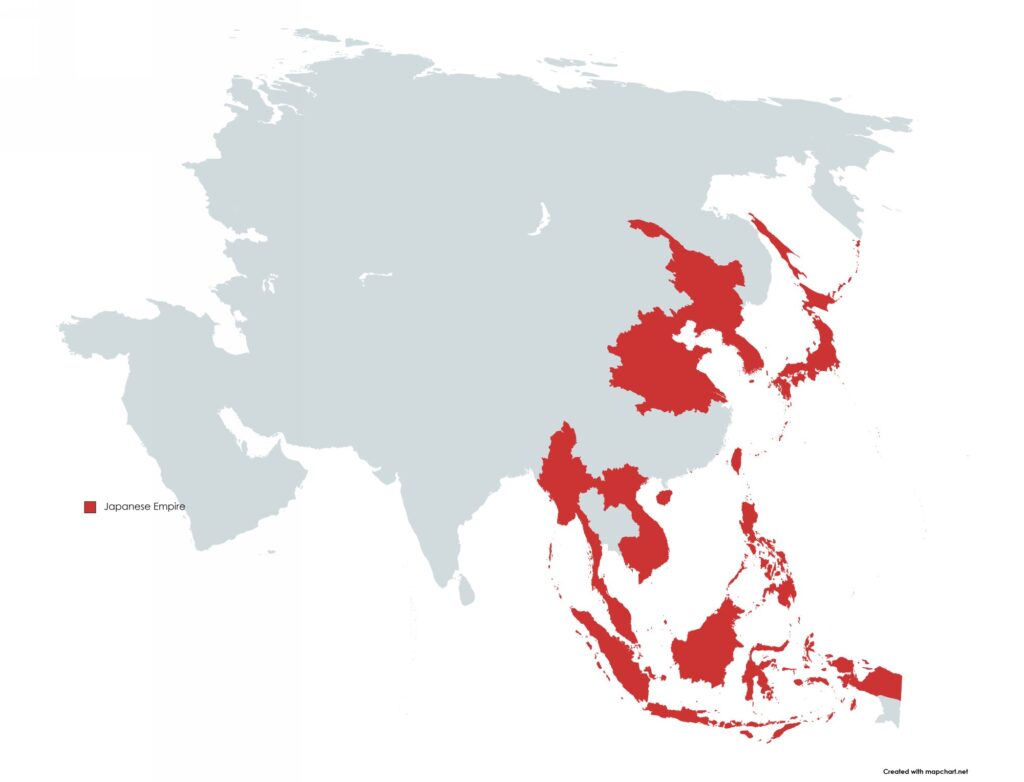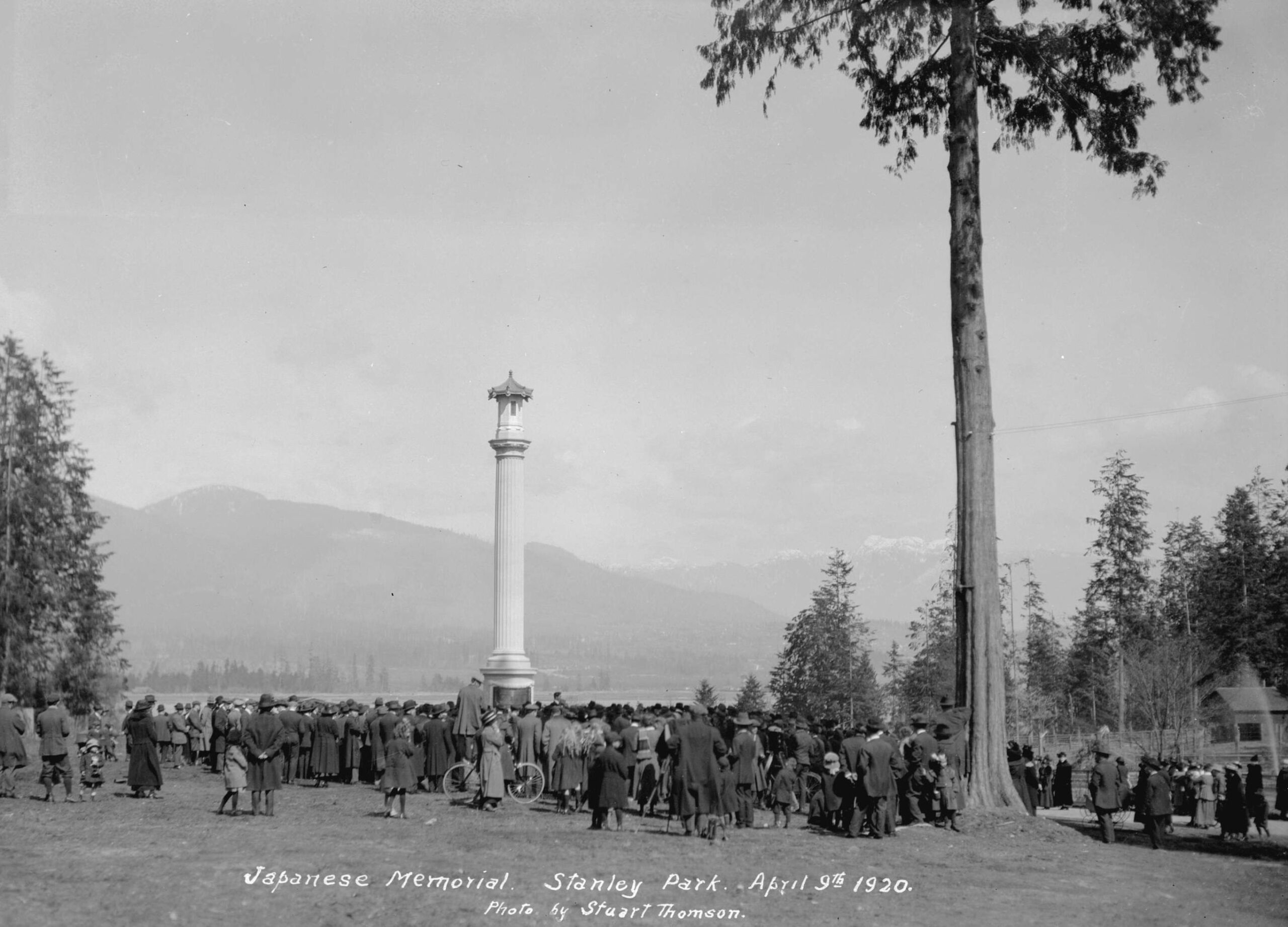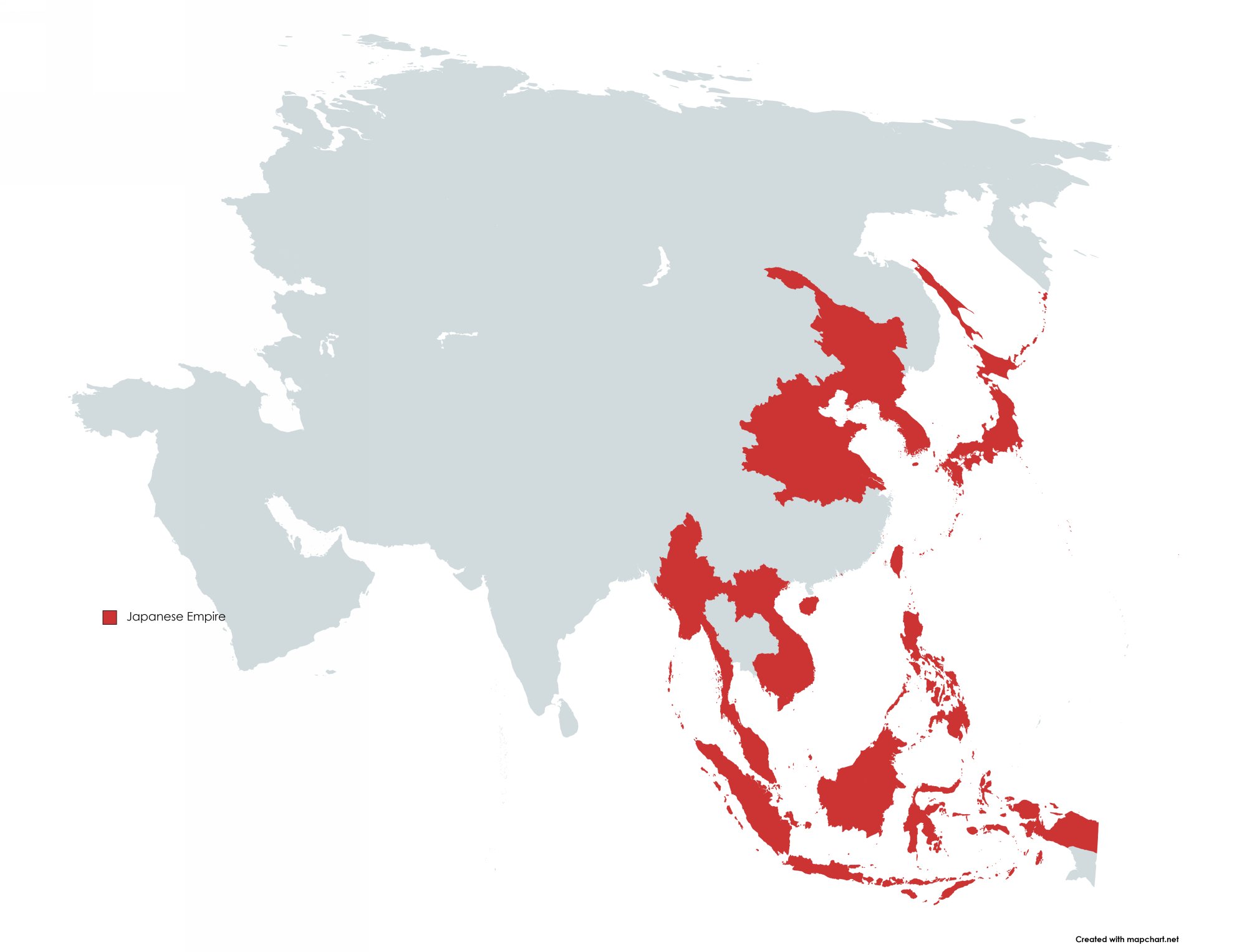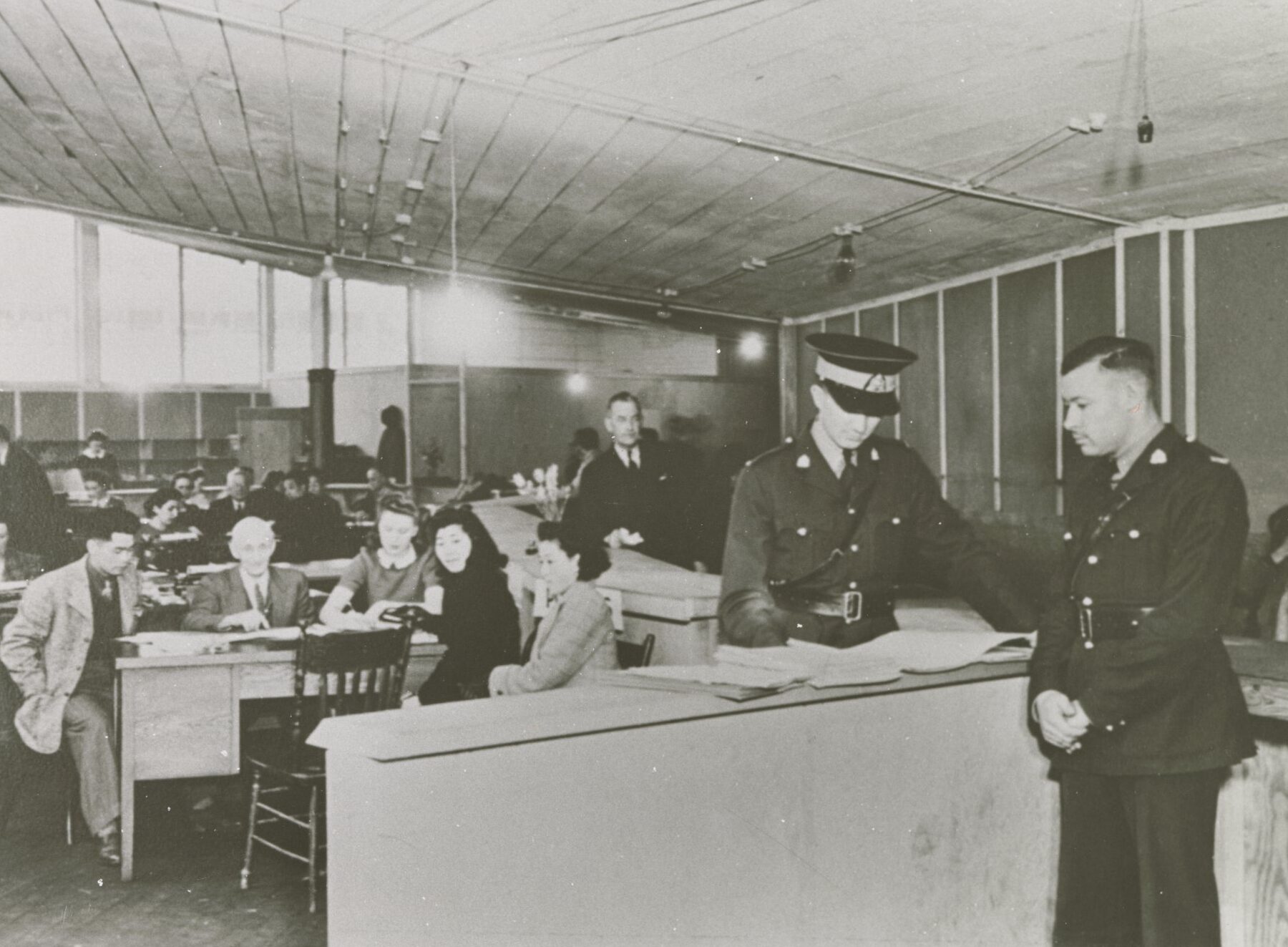
Japan’s actions in Asia, beginning in the 1930s, caused alarm in the west. Japan had always lacked its own natural resources, and its industries depended on imports. For instance, 6% of its oil supply was imported. Japan went to war to acquire the resources it urgently required. Of particular interest to Japan were the Dutch East Indies (a source of petroleum) and British Malaya (a source of rubber and tin). Japan wanted to cut off the Burma Road which connected Burma with southwest China (RANE Worldview, 2014).
On September 18, 1931, an explosion shook the tracks of a Japanese-owned railway in Mukden, Manchuria (now Shenyang in Liaoning Province). Although Chinese nationalists were blamed for the incident, the Japanese colonial army had actually planted the explosives – to provide a pretext for ensuing military conquest (Goddard, 2018).
During the morning of September 19th, Japanese forces began shelling a
Chinese garrison in Mukden. Manchuria’s small air force was destroyed, and many of its ill-prepared soldiers fled as experienced Japanese troops advanced. By nightfall the battle was over. The Chinese had lost five hundred soldiers, compared to the Japanese, who had only lost two. This was the start of Japan’s greater invasion of Manchuria. Within a few months, the entire region was overrun by the Japanese Army. The resource-rich area was declared as the autonomous state of Manchukuo, although it was, in fact, a puppet state controlled by the local Japanese Army (Office of the Historian, n.d.).
This was not the first time Japan had used its increasing strength to pursue territory. Japan had already claimed Taiwan and had annexed Korea in 1910. Throughout the early twentieth century, Japan had been wrestling with Chinese and Russian powers for domination of Manchuria. The 1931 invasion was the tipping point, leading Japan down the path to a much larger war (Goddard, 2018). In an attempt to quell the conflict, the League of Nations voted, in a nearly unanimous 42-1 decision, that Japan return Manchuria to China. As a result, Japan left the League in 1933 (Narratives of World War 2 in the Pacific, n.d.). Over the following years, the Japanese military elite would take seats of power from political parties. By 1937, Japan was controlled by nationalist hardliners and military leaders, driven towards territorial expansion (Goddard, 2018).
The United States began to see Japan as a threat and rival – a state not bound by international treaties, that, officials argued, would not only take Manchuria, but would strive to overturn the US order in the Pacific (Goddard, 2018). Following the 1937 Marco Polo bridge incident, a full-scale war erupted between Japan and China. Events such as the Japanese attack on the USS Panay and the infamous Nanking Massacre continued to turn Western opinion sharply against Japan and increased fear of its further expansionism (Roberts, 2012). As a result, the United States, United Kingdom and France began supplying loan assistance for war supply contracts to Kuomintang, the ruling party of China. Australia banned iron ore exports to Japan in 1938 (The Canberra Times, 1938). Japan retaliated by invading French Indochina in 1940, blockading China from Western imports of arms, fuel and materials through the Haiphong-Yunnan railway line (Corrigan, 2010).
After Japan occupied French Indochina in 1941, the United States froze all Japanese assets in the US and prevented Japan from buying oil. To allow Japan to regain its oil supply, the United States demanded Japan return its occupied territories and remove itself from the Tripartite Pact (an alliance forged with Germany and Italy). Japan was unwilling to meet these demands. It would take oil by force – striking south into British Malaya and the Dutch East Indies. Knowing that this decision risked direct confrontation with the United States, Japan struck first at Pearl Harbor on December 7th, 1941 (Imperial War Museums, 2024). Six months after the Pearl Harbor attacks, the Japanese Empire encompassed Manchuria, parts of New Guinea, the borders of India’s Assam province, and the Gilbert Islands of the South Pacific (RANE Worldview, 2014). People in BC, notably its politicians, used the belligerent actions of Japan to justify the isolation and mistreatment of Japanese in the province, including nisei, who had been born in Canada. It was assumed that all Japanese in B.C. supported the militant actions of their country of origin.




